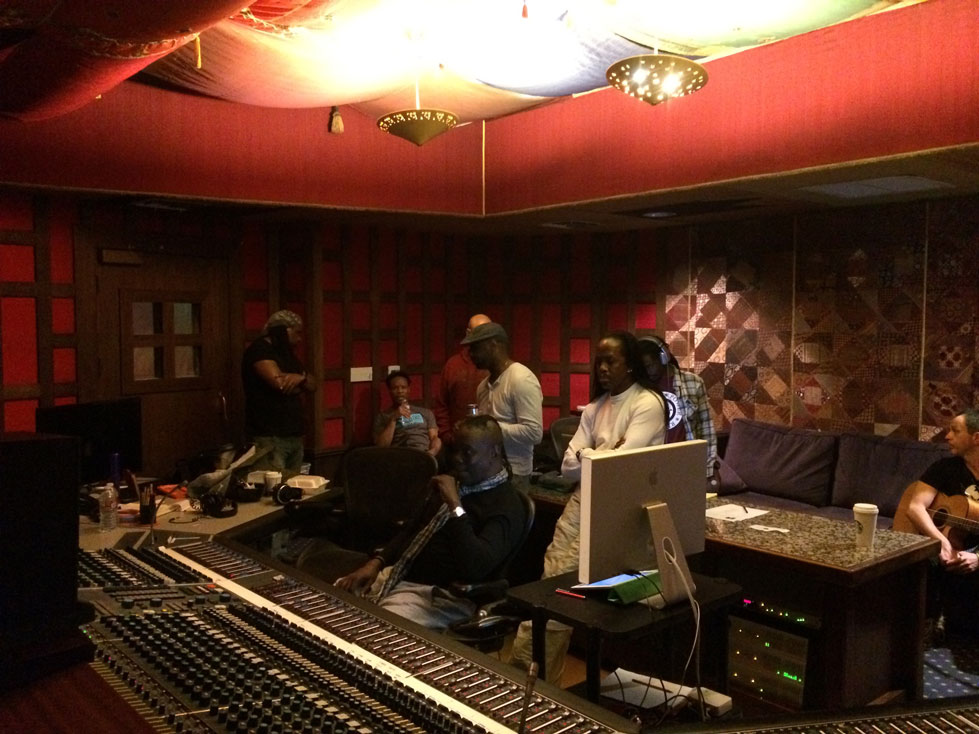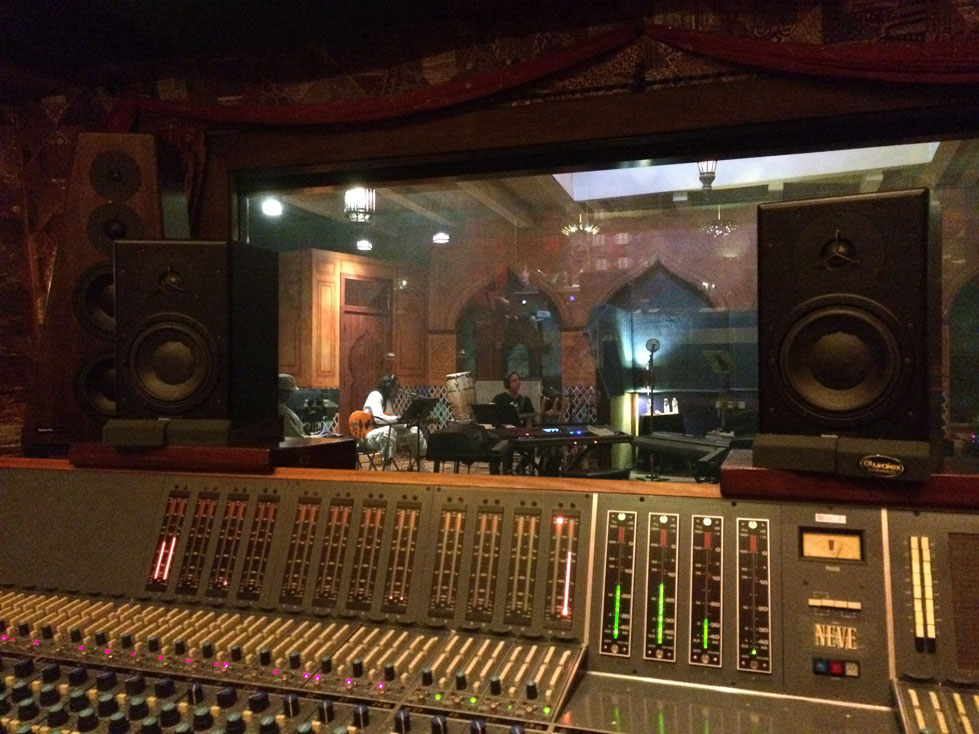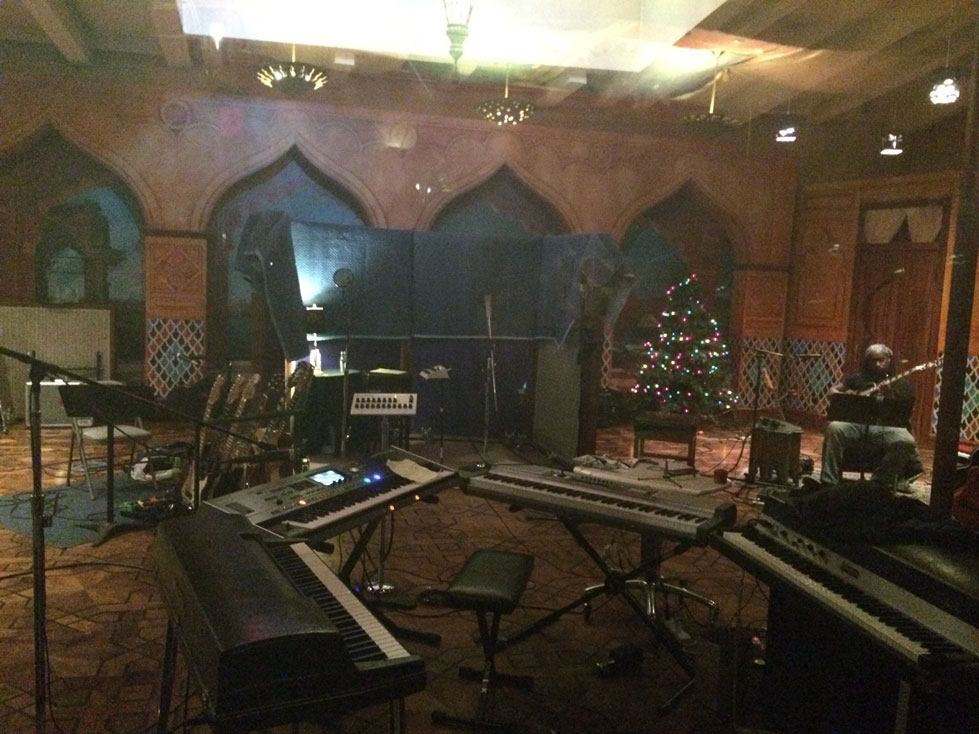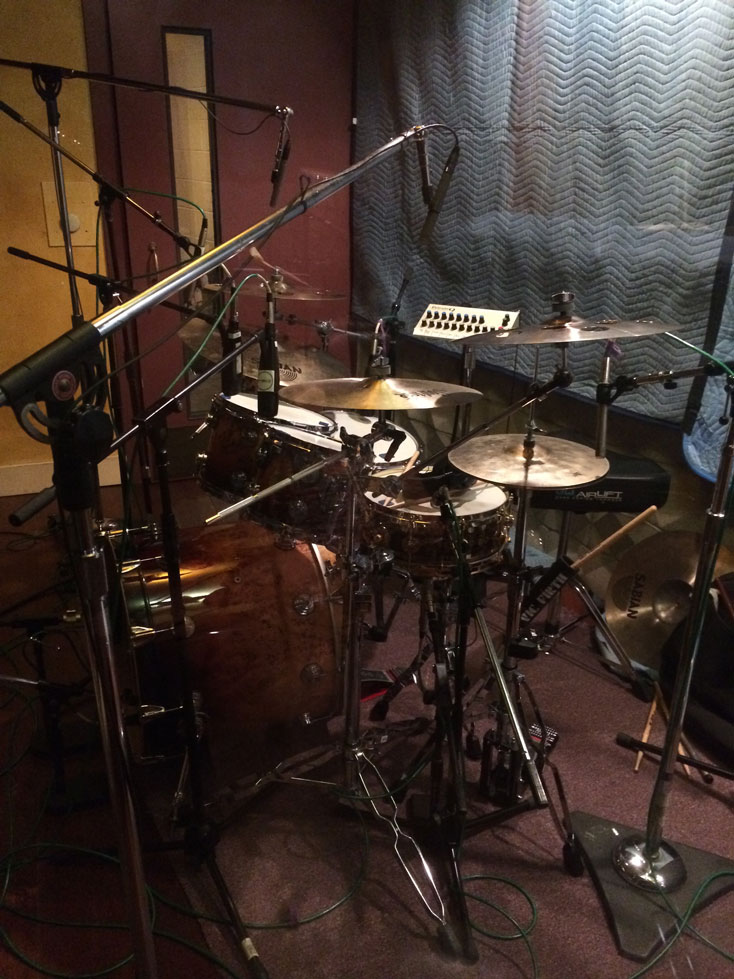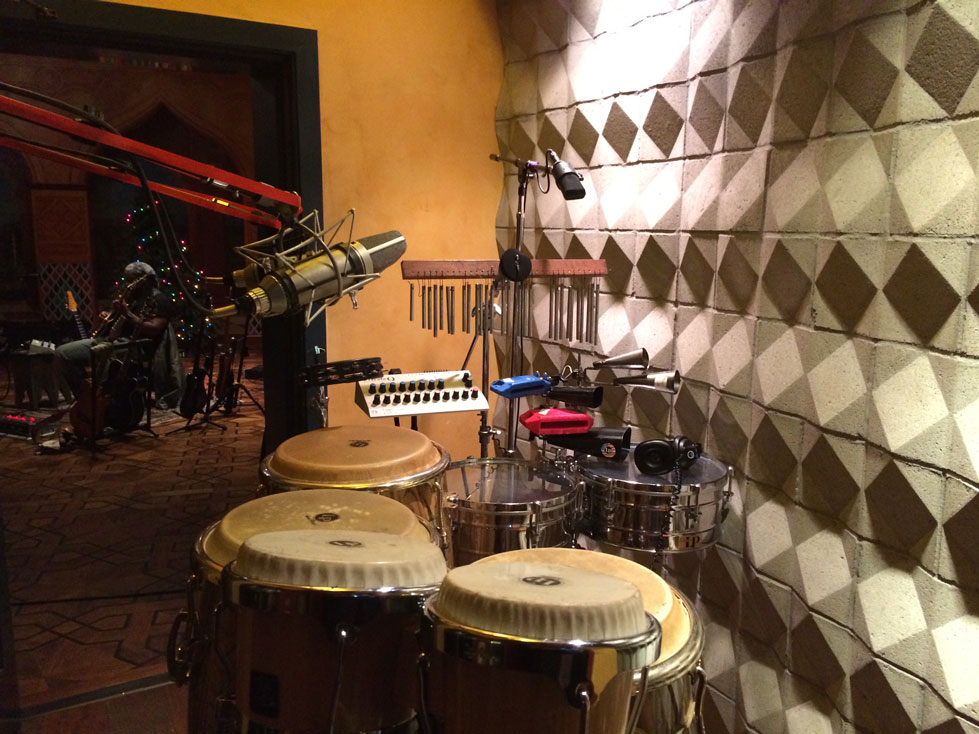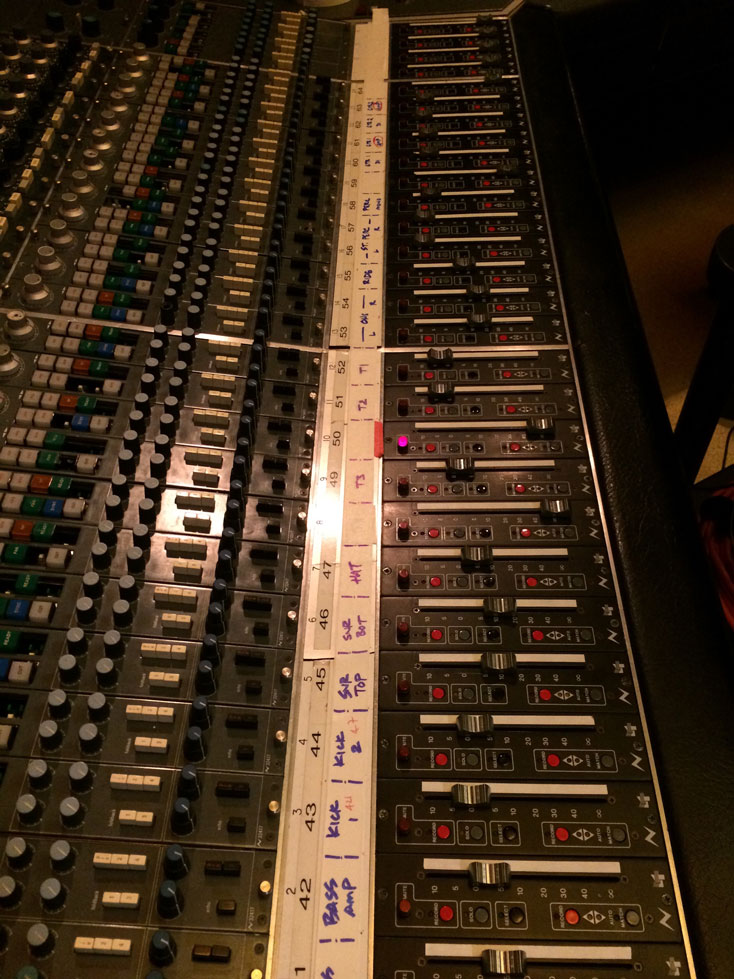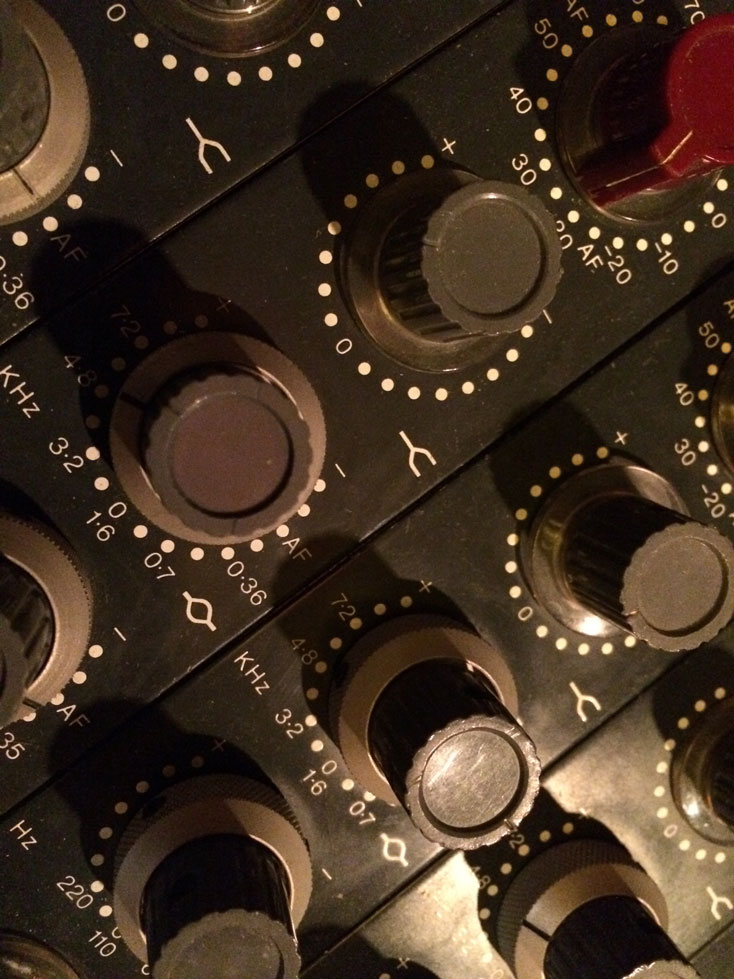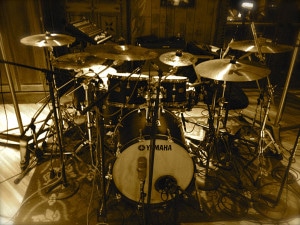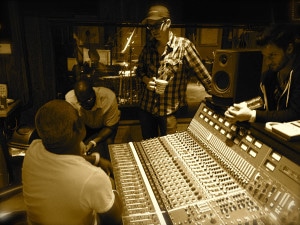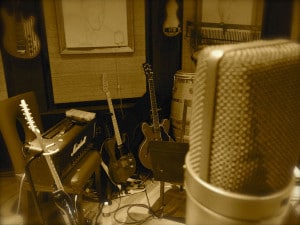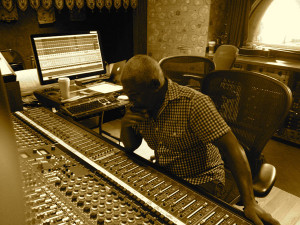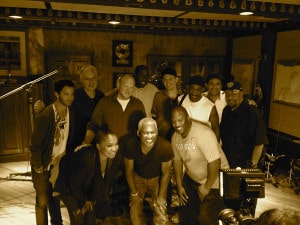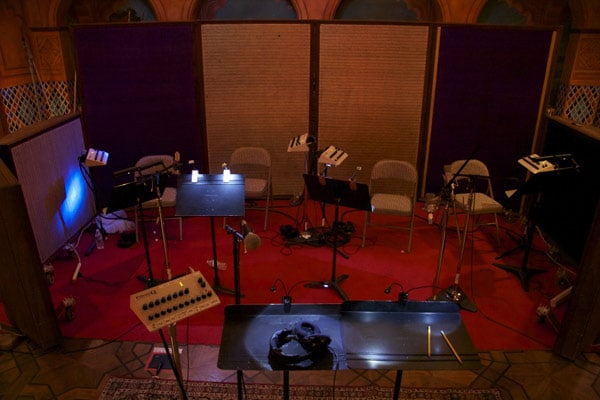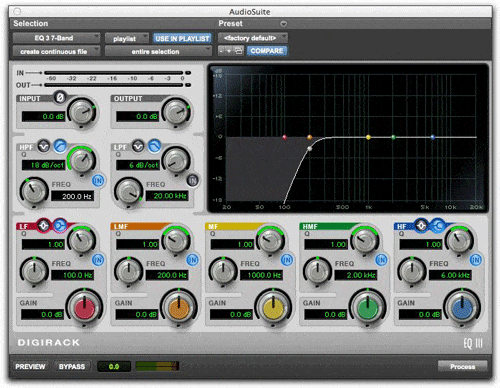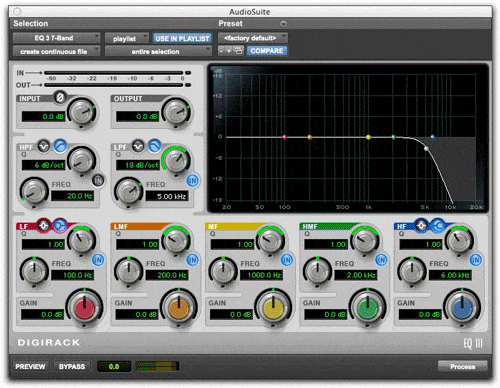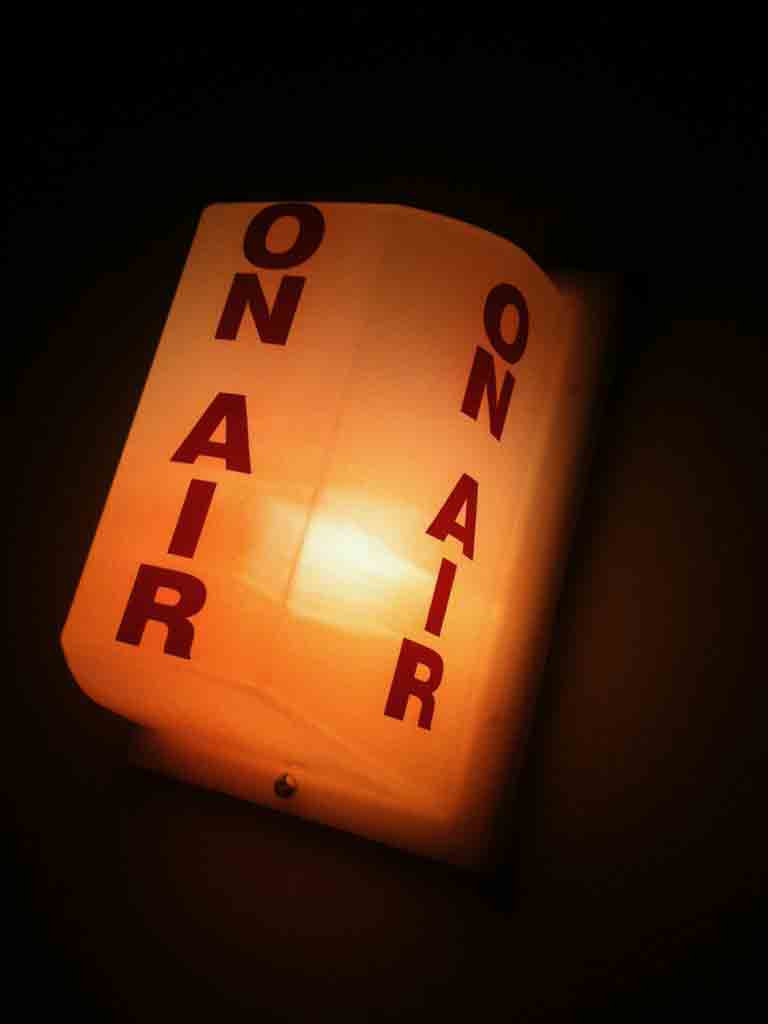
I’ve worked on this show for the past five years at the DIRECTV Los Angeles Broadcast Center. It is a very unique show in that Dan and the Danette’s are in a studio in Milford, CT, while the television production is done in Los Angeles. 11 Camera feeds plus audio are fed 3,000 miles to us via a fiber network. The entire production crew, Producer, Director, TD, Video Play Out, Editors, Graphics and Audio all work here in Los Angeles – 3,000 miles away! Needless to say the engineering crew have worked out some significant technical issues to make it all work. The show has been a huge success and I’m proud to be part of the very talented crew making it happen.
